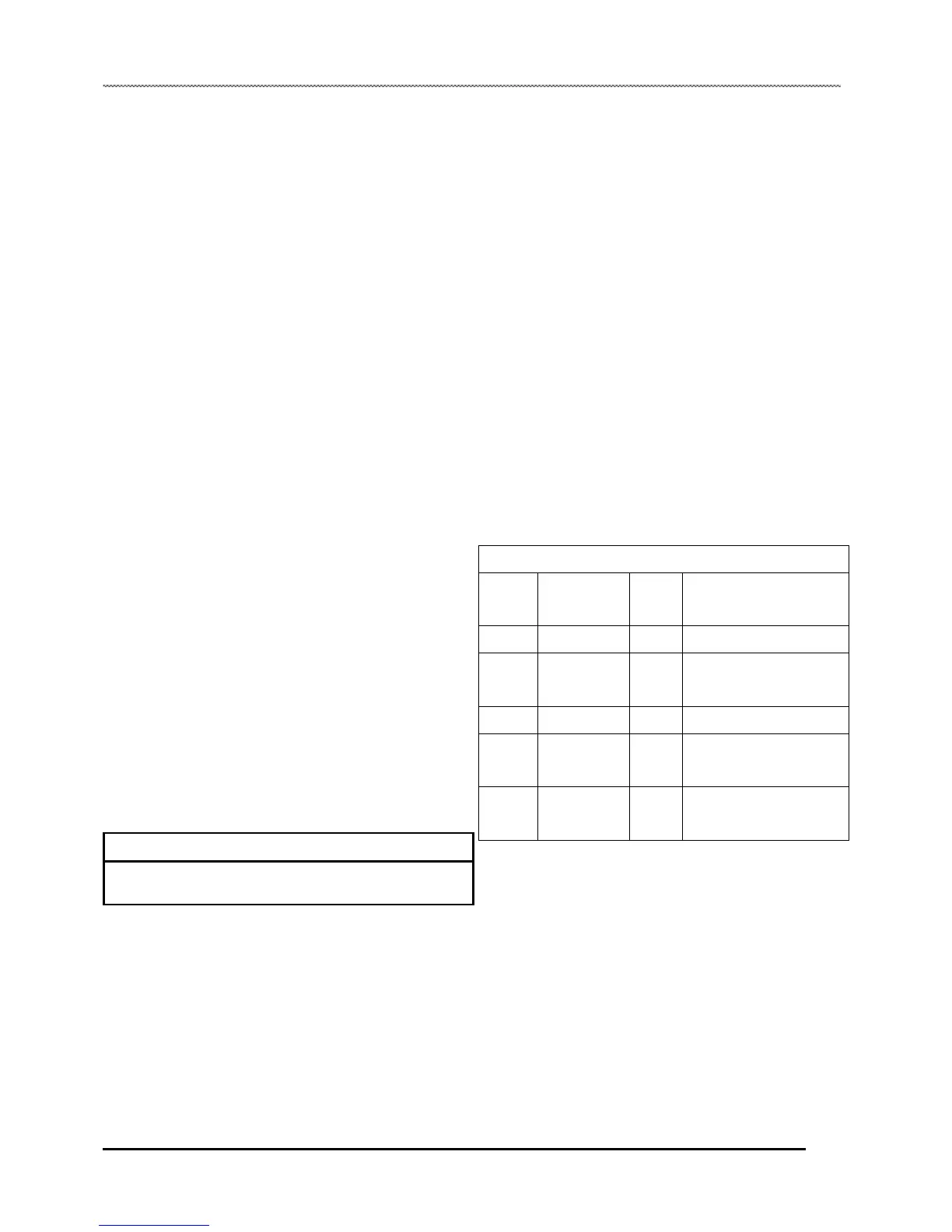ELECTRICAL
Battery Cleaning
Keep the battery terminals and connections free of corrosion.
If cleaning is necessary, remove the corrosion with a stiff wire
brush. Wash with a solution of one tablespoon baking soda and
one cup water. Rinse well with tap water and dry off with
clean shop towels. Coat the terminals with dielectric grease or
petroleum jelly.
Battery Installation
1. Place the fully charged battery in its holder.
2. Attach the hold-down strap(s).
3. Connect and tighten the red positive (+) cable first.
4. Connect and tighten the black negative (-) cable last.
5. Torque the battery terminal bolts to 3.5 ft. lbs. (4.7 Nm)
6. Verify that the cables are properly routed.
NOTE: When installing a new battery, make sure it's
fully charged prior to its initial use. Using a new
battery that has not been fully charged can damage
the battery and result in a shorter life. It can also
hinder vehicle performance. If charging is
use a .5 amp battery charger.
Battery Voltage Test
Battery voltage should be checked with a digital multi-tester.
Readings of 12.4 or less require further battery testing and
charging. See Load Test.
NOTE: Batteries should be kept at or near a full
charge as possible. If the battery is stored or used in
a partially charged condition, crystal sulfation will
form on the plates, reducing the efficiency and
service life of the battery.
Battery Load Test
CAUTION
Remove the spark plug high tension lead and connect
securely to engine ground before proceeding.
A battery may indicate a full charge condition in the battery
voltage test and the specific gravity test, but still may not have
the storage capacity necessary to properly function in the
electrical system.
For this reason, a battery capacity or load test should be
conducted whenever poor battery performance is suspected. To
perform this test:
1. Connect a multi-tester to the battery in the same manner as
was done in the battery voltage test. The reading should be
12.4 volts or greater.
2. Engage the electric starter and view the registered battery
voltage while cranking the engine. Continue the test for 15
seconds. During this cranking period, the observed voltage
should not drop below 9.5 volts.
3. If the beginning voltage is 12.6 or higher and the cranking
voltage drops below 9.5 volts during the test, replace the
battery.
Battery Charging Procedure
Charge the battery using a charger capable of producing
voltage
1/10th of the battery’s amp/hr rating. Example: COBRA 50
ATV batteries have an amp/hr rating of 4.85 amps. Do not
exceed .5 amps charging voltage or damage to the battery will
result.
Fully charged, the battery should read 12.8-13.0 Volts. After
charging is complete, let the battery stand 1-2 hours and re-test
the voltage. Do not overcharge the battery!
There is no need to remove the cell cap strip or add water for
the life of the battery.
COBRA 50/100 ATV BATTERY CHARGING CHART
State of
Charge
CHARGE TIME
100% 12.8-13.0V None FULL None Required
75%
12.5-12.8V Slight
Charge
3-6 Hours @ 0.5 A
50% 12-12.5V Charge
5-11 Hours @ 0.5 A
25%
11.5-12.0V Charge
13+ Hours @ 0.5 A
Check Charging
0%
Less than
11.5v
Charge
20 Hours @ 0.5 A
Battery may be dead
Because of the characteristics of a sealed battery, overcharging
decreases the volume of electrolyte. The longer the overcharge
time, the greater the drop in electrolyte, and subsequently
starting power. Water cannot be added to a sealed battery. If a
sealed battery is overcharged, it will have to self-discharge
before it can be used. Overcharging can also warp plates,
making future charging difficult. Watch charging times
carefully, or use a charger with limited charging time/current
capabilities. Always stop charging if the battery becomes
warm to the touch. Let it cool sufficiently before resuming
charging.
8.14
